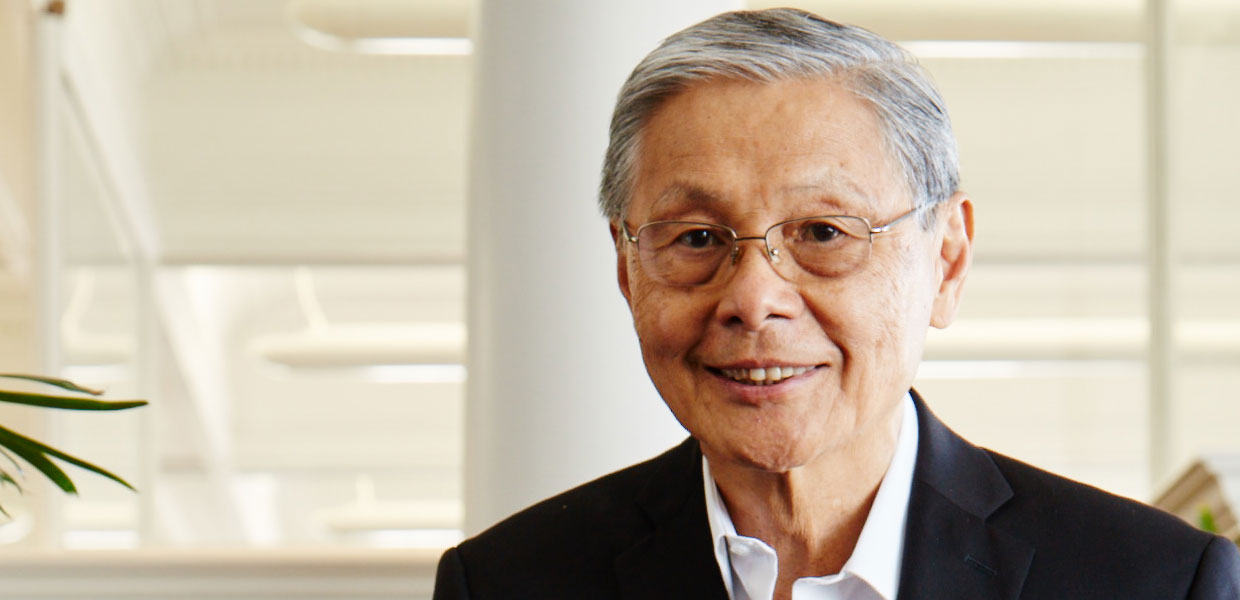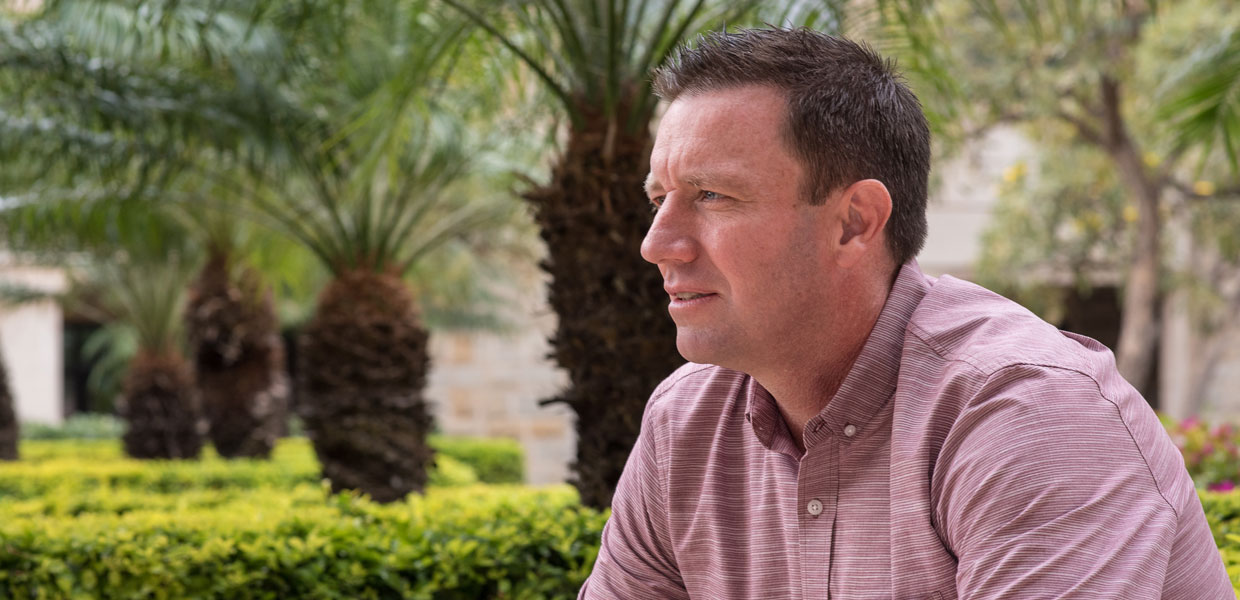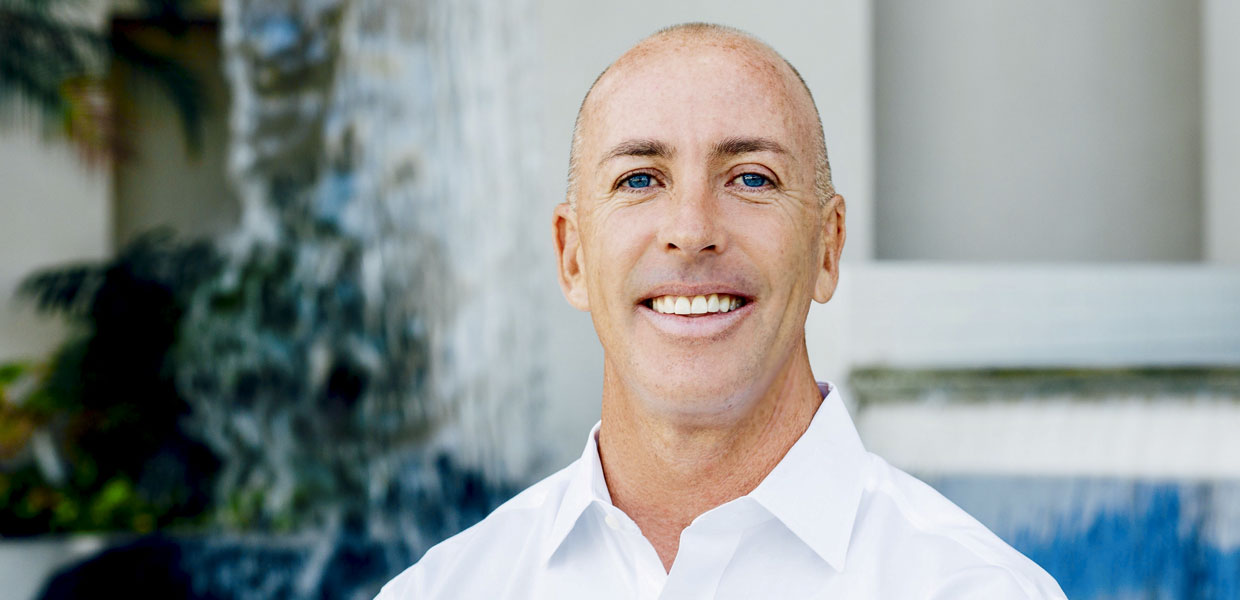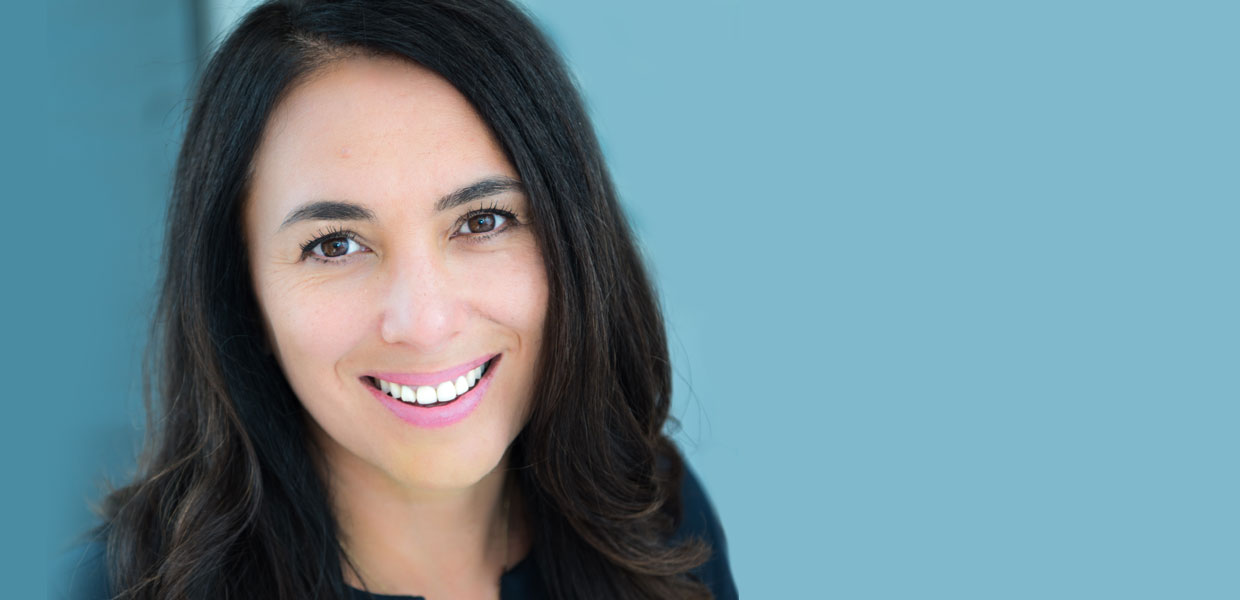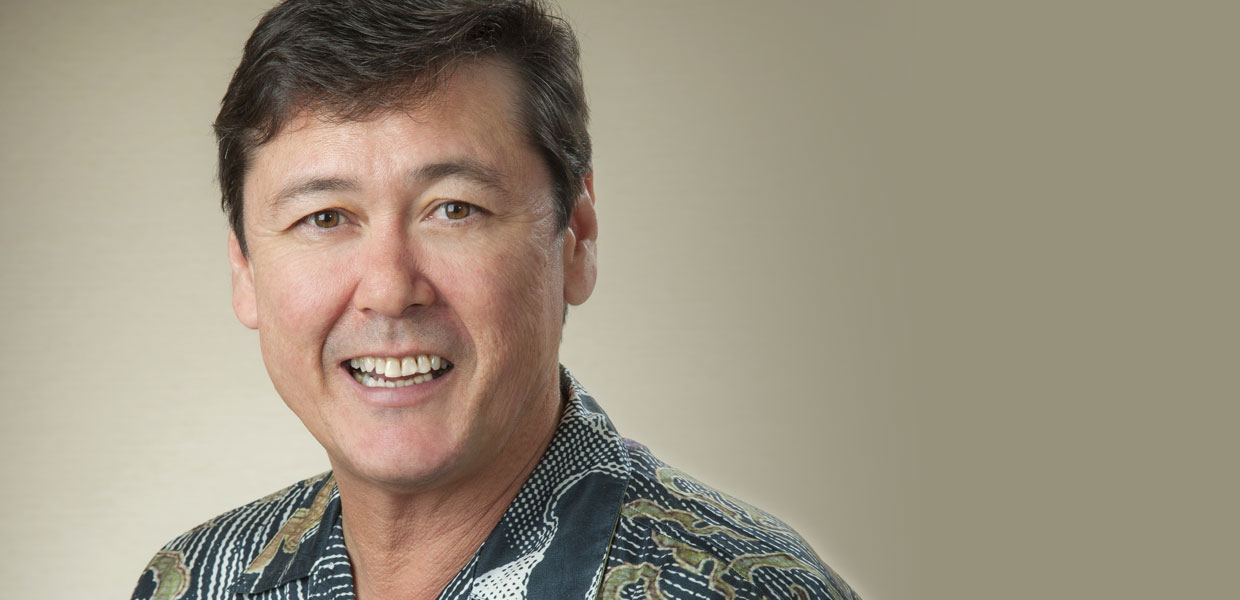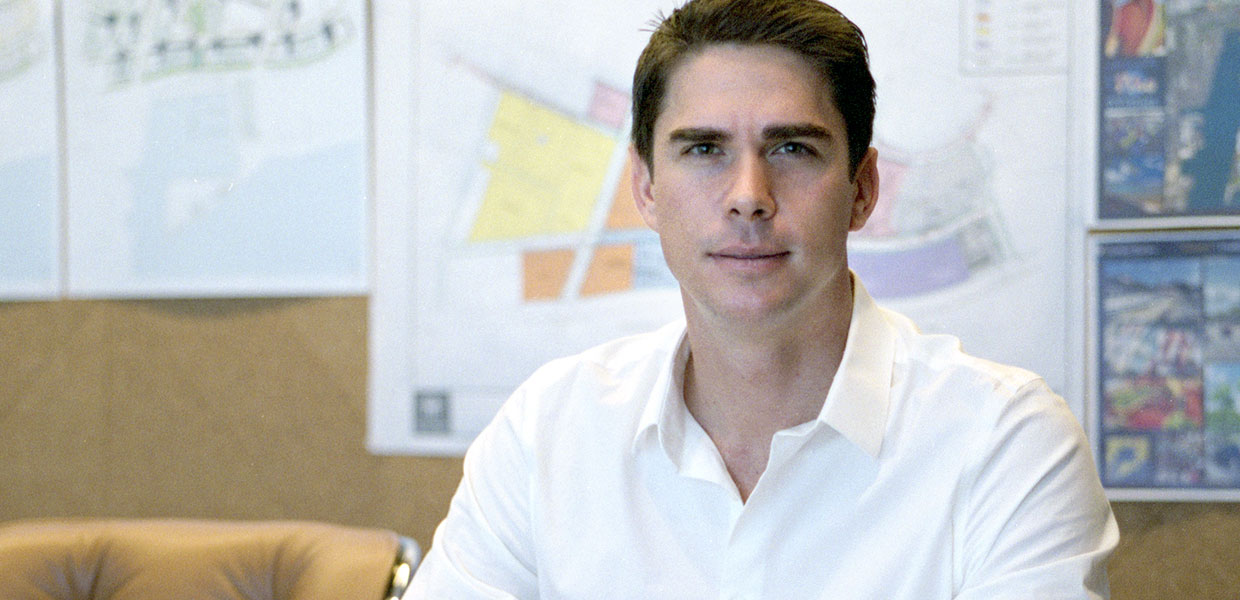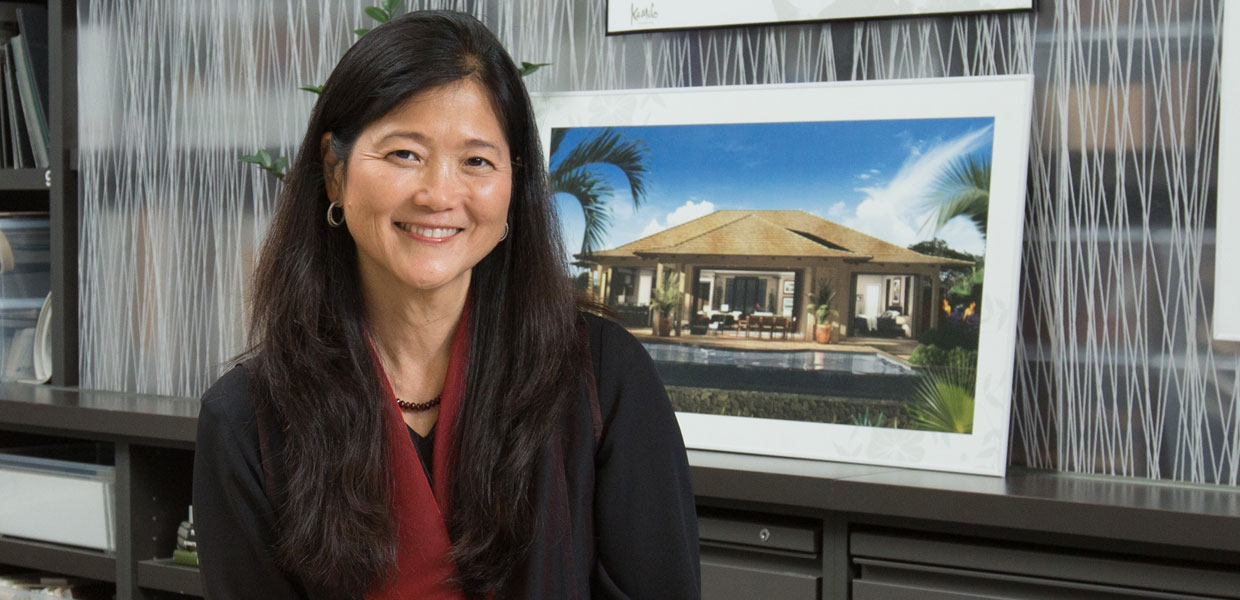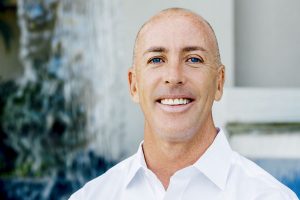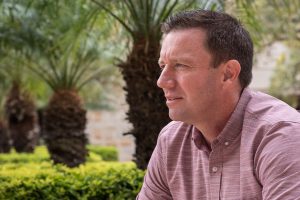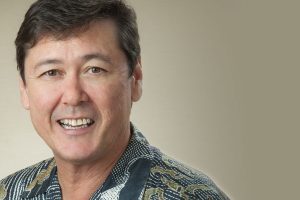What does it take to succeed in Hawai‘i in your line of work?
As a local developer, owner and operator of affordable multifamily rental housing in Hawai‘i, I recognize that my job is more than just the creation or preservation of physical buildings. These are people’s homes and people’s lives. Success in my line of work comes, in part, from approaching my projects with this perspective and a firm belief that safe, clean, decent and affordable housing is critical to the community and a cornerstone on which individuals and families thrive. I do my best to identify opportunity potential in calculated risk and am not afraid to take on complex transactions that may deter other developers.
While it may sound cliché, affordable housing development requires an ability to think outside the box. Construction costs aren’t lower for affordable projects, so success depends on finding ways to finance complex projects whose needs cannot always be synthesized into a preprinted brochure.
Finally, affordable housing development requires a team effort. In Hawai‘i, given the high cost of land and unique market conditions, success lies in healthy public-private partnerships. Government agencies at all levels, equity partners, design professionals—the list goes on—all contribute to affordable housing projects.
What advice do you have for young real estate developers?
First, have a growth mindset and don’t be afraid to ask questions—ever. After 22 years of building affordable housing nationwide, I am still learning new things about development every day with each new project. Second, recognize that sometimes development is efficient and sometimes it’s a long, drawn-out process. I’ve had projects take 18 months from conception to completion. In those, I struck while the fire was hot. I’ve had other projects take years to complete. Those require a different kind of energy. Be prepared for both timeframes and don’t be surprised when a project shifts from one timeframe to another.
Finally, since all development—market rate and affordable, residential and commercial—requires a team of people, foster relationships across different sectors. You never know where your next deal will come from and you will be surprised which relationships result in opportunities.
Are there design challenges specific to Hawai‘i?
Given Hawai‘i’s limited land, unlimited sun and high utility costs, I do my best to include as many green design elements as the project budget allows. All of the projects I’ve developed in Hawai‘i have included solar water heating and/or photovoltaic systems. In fact, I developed the first affordable rental project in the state with a photovoltaic system and the first two multifamily rental projects to be awarded a LEED Platinum designation. To the extent these solar-based systems are designed and financeable, their inclusion stabilizes ongoing operating costs, which is valuable to the overall financial health of an affordable rental project.
What industry trends do you see unfolding in Hawai‘i?
I see an increased interest in the topic of affordable housing. Affordable housing has become a buzzword for reelection and a community rallying point. A heightened awareness of the problem and clarification of who is affected by housing scarcity is beneficial to the community at large if it results in the production of more affordable housing. However, we have to be mindful not to dilute the issue by clearly identifying what “affordable housing” is and developing practical financing solutions. I have been involved in housing-crisis conversations for too long. Building is the way out of this problem, not more talk.


